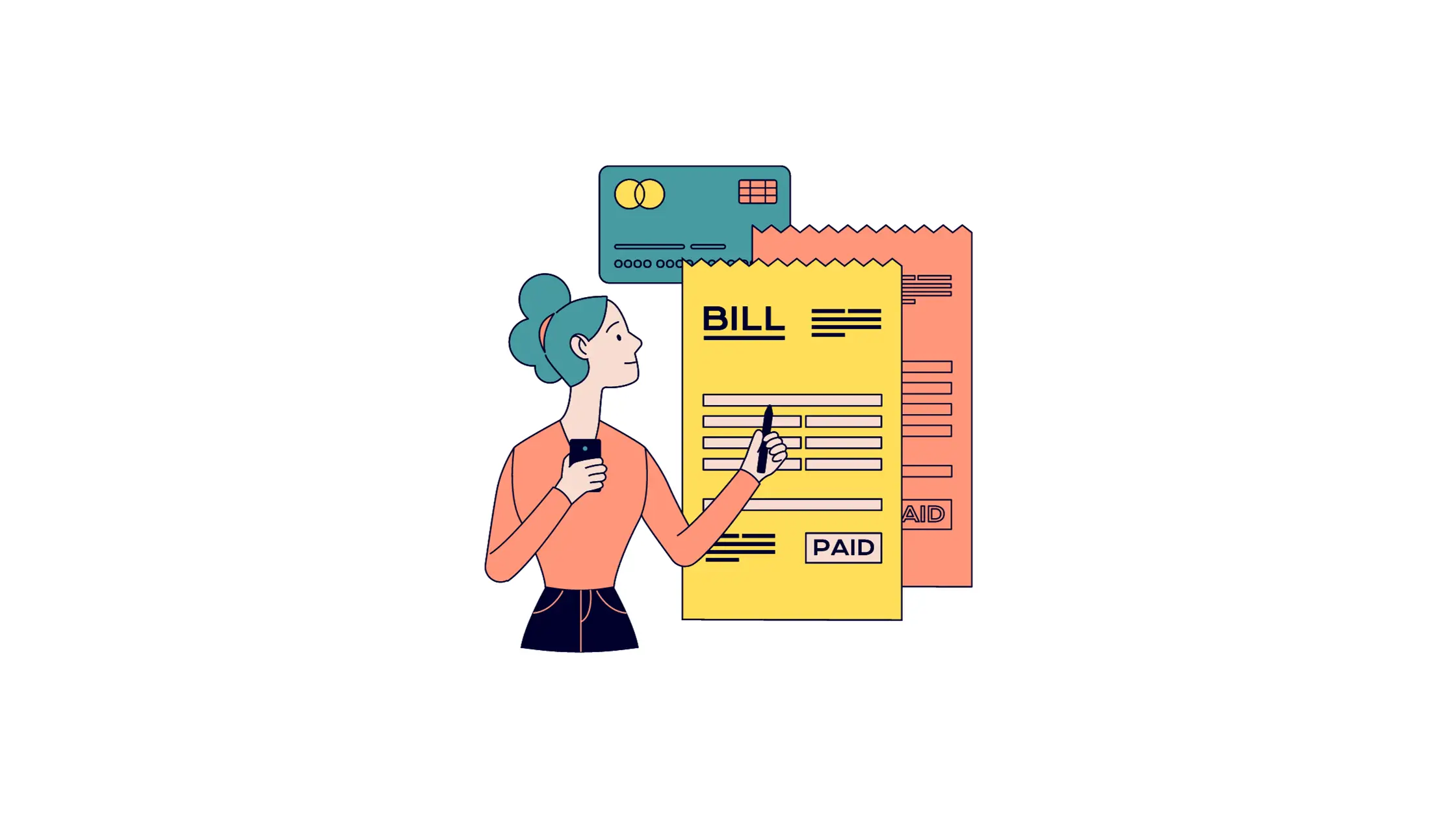Debt is a pervasive aspect of modern life, and in a country like ours where financial literacy is not taught at home, school or workplace, managing multiple loans can be a complex and overwhelming task. Debt consolidation loans in India have emerged as a lifeline for individuals seeking to streamline their financial obligations and regain control of their monetary affairs.
In this article, we will demystify debt consolidation loans in the Indian context, providing an overview of their significance, eligibility criteria, documentation requirements, and the application process.
Debt Repayment in India: A Complex Landscape
India, with its diverse financial landscape, witnesses a myriad of debt repayment challenges. Whether they be personal loans, credit cards or other financial liabilities, the burden of multiple loans can lead to stress and financial instability. This is where debt consolidation loans play a pivotal role in simplifying the repayment process.
Let us look at some numbers to get an idea of why debt consolidation is needed.
Statistics and Numbers: A Glimpse of the Landscape
- According to the Reserve Bank of India (RBI), the outstanding credit card debt in India stood at INR 1.2 trillion in 2020[^1^].
- As per a survey by TransUnion CIBIL, 88% of Indian consumers believed that a debt consolidation loan had a positive impact on their credit score[^2^].
- The National Sample Survey (NSS) reported that household debt in India increased from 9.9% in 2012 to 11.9% in 2018[^3^].
Understanding Debt Consolidation Loans in India
Debt consolidation loans are financial tools designed to merge multiple loans into a single, more manageable debt. This consolidation often results in reduced monthly payments and can potentially offer a lower interest rate. In India, various financial institutions such as banks, non-banking financial companies (NBFCs) and even peer-to-peer (P2P) lending platforms, offer debt consolidation loans.
Eligibility Criteria: Who Can Apply?
The eligibility criteria for debt consolidation loans in India may vary among lenders, but generally include the following factors:
- Age: Applicants are typically required to be between 21 and 60 years of age.
- Credit Score: A good credit score is crucial, demonstrating your creditworthiness.
- Stable Income: Lenders prefer applicants with a stable source of income, whether through employment, self-employment, or other means. People who work in larger companies have a better chance of getting a loan than those who run small independent businesses.
- Existing Debt: Lenders assess your existing debt load to determine if consolidation is necessary. If you do not have say more than 25%-30% of your salary left over after your EMIs, then getting a loan becomes difficult – but not impossible.
Documentation Requirements: Paperwork Simplified
To apply for a debt consolidation loan in India, you will need to provide a few documents:
- Proof of Identity: PAN card, Aadhaar card, passport, voter ID, or other government-issued IDs
- Proof of Address: Utility bills, rent agreement, or any valid address proof. In most cases, the ID and address proof have to be different even though something like a driver’s license or a voter card works for both
- Income Proof: Salary slips, income tax returns, or other income-related documents
- Employment Proof: Company ID card, Offer letter or a letter from HR, in addition to an official email id are some details you may be asked to provide
- Loan Statements: Documents showcasing your existing loan details
- Bank Statements: 3 or 6 months’ backs statements for verification purposes. Usually this account should be your salary account
The Application Process: Steps to Financial Relief
The process of applying for a debt consolidation loan in India generally involves the following steps:
- Assess Your Debt: Calculate the total amount of your existing loans, including their interest rates and repayment terms
- Research Lenders: Explore various debt consolidation loan providers in India, including banks and NBFCs. Compare their interest rates, terms, and customer reviews
- Check Eligibility: Determine if you meet the eligibility criteria of your chosen lender
- Gather Documents: Prepare the necessary documentation, ensuring that all paperwork is in order
- Apply Online or In-Person: Depending on the lender’s options, submit your application either online or in-person at a branch
- Loan Approval: Once your application is submitted, the lender will review your creditworthiness and documents. If approved, you will receive a loan offer
- Loan Disbursement: Upon accepting the offer, the lender disburses the loan amount, which you can use to pay off your existing debts
- Repayment: You now have a single loan with a simplified repayment schedule, making it easier to manage your debt
The Impact of Debt Consolidation in India
Debt consolidation loans in India offer numerous benefits, including:
- Lower Interest Rates: These loans often come with reduced interest rates compared to credit card debt or personal loans, potentially saving borrowers significant money
- Simplified Finances: Managing a single loan is more straightforward and less stressful than handling multiple debts
- Improved Credit Score: Timely repayments on a consolidation loan can positively impact your credit score
- Financial Peace: Consolidation provides a path to financial stability and peace of mind
For A Brighter Financial Future
Debt consolidation loans in India offer a pathway to financial freedom and simplicity. By understanding the eligibility criteria, preparing the required documentation, and following the application process, individuals can consolidate their debts, reduce their financial stress, and work towards a brighter financial future.
These loans have transformed the landscape of debt repayment in India, offering individuals the opportunity to regain control of their finances and achieve lasting financial stability.
Sources for the Numbers:
- RBI Annual Report 2020
- TransUnion CIBIL Survey on Debt Consolidation
- National Sample Survey (NSS) Report
Note: The sources provided are only for reference purposes and to support the statistics and information presented in the article.
